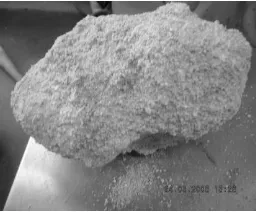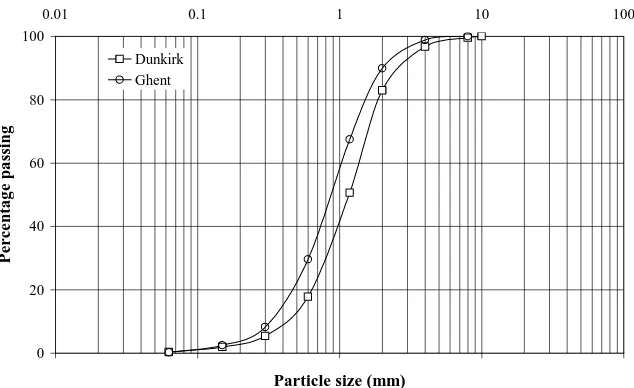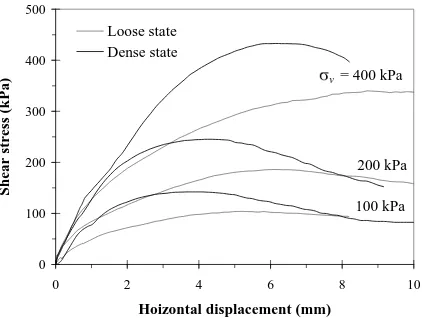Geo engineering properties of granulated blast furnace slag
Full text
Figure




Related documents
Self-Compacting Concrete (SCC), which does not require any external vibration for compaction and flows under its own weight, has revolutionized the construction industry. Fluidity
We also study the influence of partial replacement of cement with Ground Granulated Blast Furnace Slag and Marble Waste Powder on the compressive and split tensile
The compressive and flexural strength were calculated for M30 and M40 grade of concrete at 7 to 90 days age of curing. The percentage of steel fibers were also varied from 0.5%,
Figure 12(a) revealed that presence of fly ash particles in AA 2024 alloy matrix and further confirms that there was a uniform distribution of fly ash particles in the base matrix
The performance of stabilized soil are evaluated using physical and strength performance tests like specific gravity, atterberg limits, standard proctor test and
Test results show that satisfactory strength properties of geopolymer con- crete using Foundry sand can be achieved even with lower con- centrations of NaOH solution under
The Split Tensile strength results for M30 concrete with 1% steel fibers by weight with different proportion of Ground Granulated Blast-furnace Slag and Fly ash
Concentration of sulfides S 2- , thiosulfates S 2 O 3 2- , and sulfates SO 4 2- (as mg/m 2 ) in leachates of the tank monolith leaching test from concretes and cement pastes


